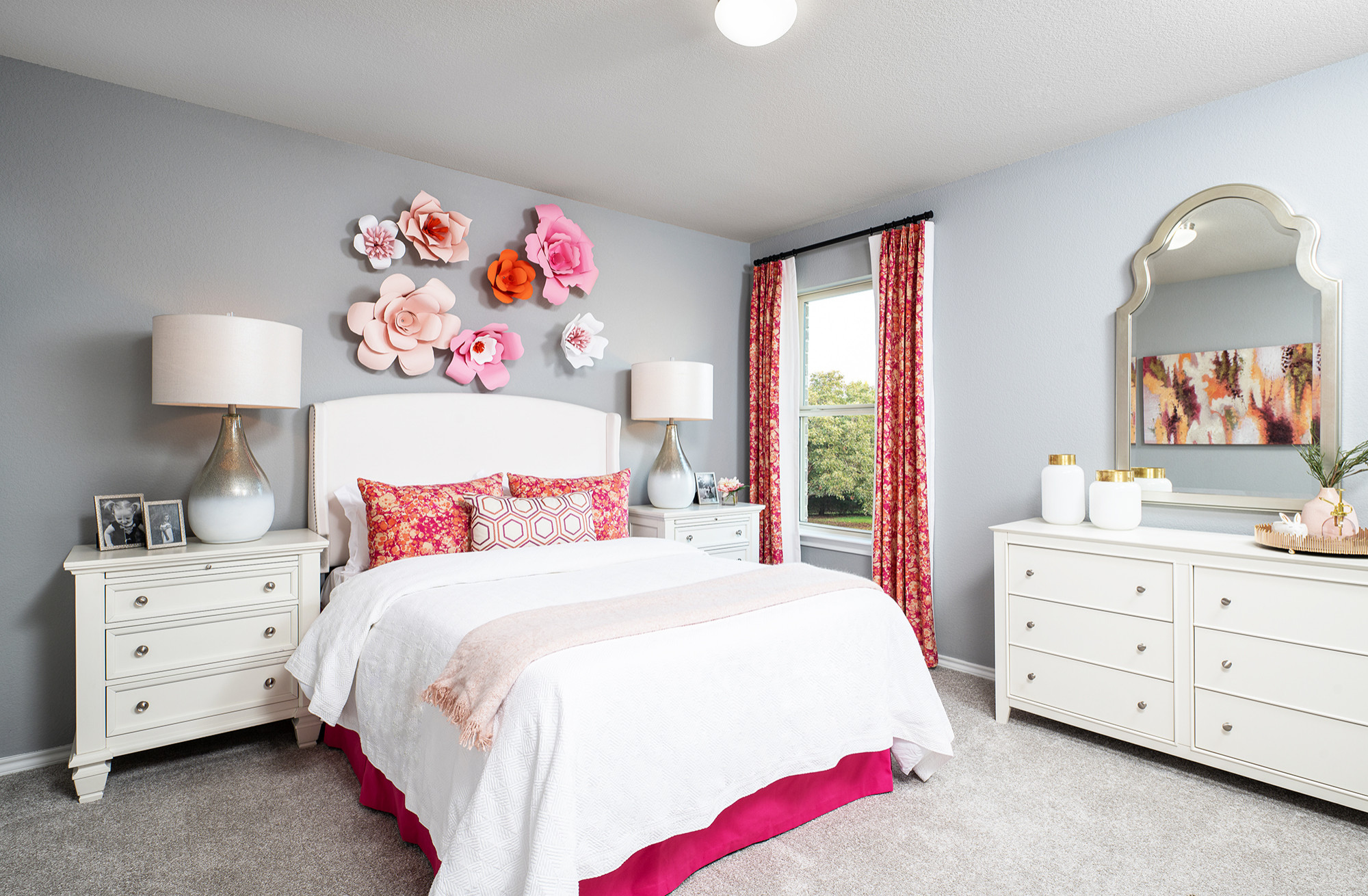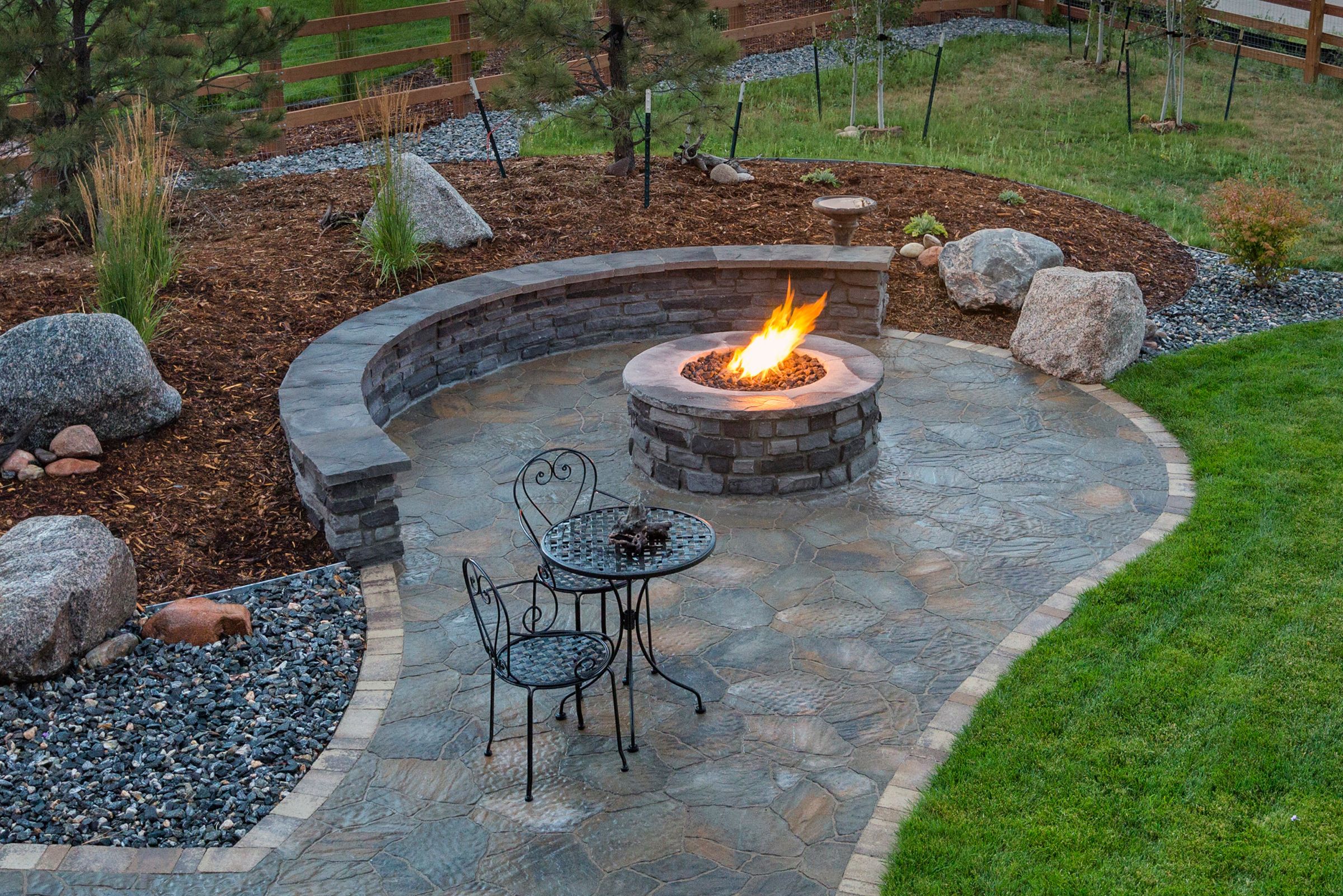
The bedroom is more than just a place to sleep; it’s a personal sanctuary where we relax, unwind, and recharge. Designing the perfect bedroom involves more than just choosing a bed and throwing in some furniture. It’s about creating a space that reflects your style, meets your needs, and promotes restful sleep. Whether you’re starting from scratch or looking to refresh your current setup, here are some tips to help you create the perfect bedroom.
1. Choose the Right Color Palette
The color of your bedroom walls sets the tone for the entire space. Light, neutral tones like whites, grays, and soft pastels are popular choices because they create a calming atmosphere. However, if you prefer a bolder look, deep blues, greens, or even a rich burgundy can add a touch of luxury and sophistication.
Remember, the color of your walls should complement your furniture and décor. If you’re unsure where to start, consider the psychology of colors—blue is known for its calming effects, while yellow can create a warm, cheerful ambiance.
2. Invest in a Quality Mattress and Bedding
Your bed is the centerpiece of your bedroom, and investing in a high-quality mattress is crucial for a good night’s sleep. Consider your sleeping style and preferences—whether you need a firm, medium, or soft mattress. Memory foam, latex, and innerspring mattresses are popular choices, each offering different levels of support and comfort.
Don’t skimp on bedding, either. Soft, breathable sheets made from natural fibers like cotton or linen can make a significant difference in your comfort. Layer your bed with plush pillows, cozy blankets, and a stylish duvet to create a luxurious feel.
3. Maximize Storage Space
Clutter can make a bedroom feel chaotic, so incorporating adequate storage solutions is essential. Consider under-bed storage for items you don’t use daily, like extra bedding or seasonal clothing. A bed with built-in drawers is a smart option for smaller spaces.
Closet organization is another critical aspect. Use shelves, baskets, and hanging organizers to keep your clothing and accessories neatly arranged. If space allows, a dresser or chest of drawers can provide additional storage without taking up too much room.
4. Create a Relaxing Ambiance with Lighting
Lighting plays a significant role in setting the mood in your bedroom. A combination of ambient, task, and accent lighting can create a well-balanced space. Consider installing dimmable ceiling lights or a chandelier for overall illumination.
:max_bytes(150000):strip_icc()/master-bedroom-in-new-luxury-home-with-chandelier-and-large-bank-of-windows-with-view-of-trees-1222623844-212940f4f89e4b69b6ce56fd968e9351.jpg)
Table lamps or wall-mounted sconces near the bed provide convenient task lighting for reading or winding down. To add warmth and a touch of romance, incorporate string lights or candles. Natural light is also essential, so consider light-filtering curtains that allow daylight to stream in while maintaining privacy.
5. Incorporate Personal Touches and Décor
Your bedroom should be a reflection of your personality, so don’t be afraid to add personal touches. Artwork, photographs, and decorative items that hold sentimental value can make your space feel truly yours. A statement wall with bold wallpaper or a gallery of framed pictures can add visual interest and depth to the room.
When it comes to décor, less is often more. Choose a few key pieces that enhance the overall theme of your bedroom without overwhelming the space. A well-placed mirror can make the room feel larger, while a cozy rug adds warmth and texture.
6. Prioritize Comfort with Furniture Selection
The furniture in your bedroom should be both functional and comfortable. Start with the basics—a bed, nightstands, and a dresser—then add additional pieces based on your needs and space. A comfortable chair or a small loveseat can create a cozy reading nook, while a bench at the foot of the bed adds a touch of elegance.
When choosing furniture, consider the scale of the room. Large, bulky pieces can make a small bedroom feel cramped, while sleek, streamlined furniture can help open up the space. Opt for pieces that offer storage, like nightstands with drawers, to keep your essentials within reach.
7. Add Greenery for a Breath of Fresh Air
Plants are a great way to bring life and freshness into your bedroom. Not only do they add a natural element to the décor, but they also help improve air quality. Consider low-maintenance plants like snake plants, succulents, or peace lilies, which thrive in indoor environments with minimal care.
Place a few potted plants on your nightstand, dresser, or windowsill to add a pop of color and a sense of tranquility. If you have limited floor space, hanging planters or wall-mounted pots can be a creative solution.
8. Focus on Creating a Sleep-Friendly Environment
A well-designed bedroom should promote restful sleep. Start by minimizing noise and light disturbances. Use blackout curtains to block out unwanted light and consider a white noise machine or fan to drown out any disruptive sounds.
Keep the room cool and well-ventilated, as a comfortable temperature is key to a good night’s sleep. Additionally, consider using aromatherapy with calming scents like lavender or chamomile to create a soothing atmosphere.
9. Organize and Declutter Regularly
A clutter-free bedroom contributes to a calm and peaceful environment. Make it a habit to tidy up regularly and keep surfaces like nightstands and dressers free from unnecessary items. Invest in storage solutions that help you stay organized, such as baskets, trays, and drawer dividers.
If you have a small bedroom, consider multifunctional furniture that offers storage and serves multiple purposes. For example, an ottoman with storage space inside or a bed with built-in drawers can help you make the most of limited space.
10. Embrace Minimalism for a Clean, Modern Look
If you prefer a clean and modern aesthetic, consider embracing minimalism in your bedroom design. Choose a neutral color palette, streamlined furniture, and simple décor. The key to minimalism is focusing on quality over quantity—select a few high-quality pieces that bring you joy and serve a purpose.
Declutter your space by eliminating unnecessary items and keeping only the essentials. A minimalist bedroom feels open, airy, and relaxing, making it the perfect retreat at the end of a long day.
Conclusion
Designing the perfect bedroom is a personal journey that involves balancing aesthetics, comfort, and functionality. Whether you prefer a cozy, rustic retreat or a sleek, modern sanctuary, the key is to create a space that feels like home. By focusing on the right color palette, investing in quality bedding, maximizing storage, and incorporating personal touches, you can transform your bedroom into a haven of relaxation and style. Remember, your bedroom is your sanctuary—make it a place where you can truly unwind and recharge.








